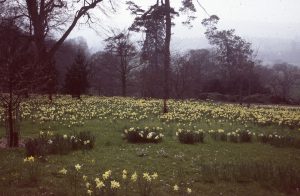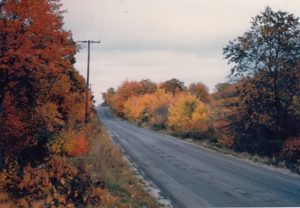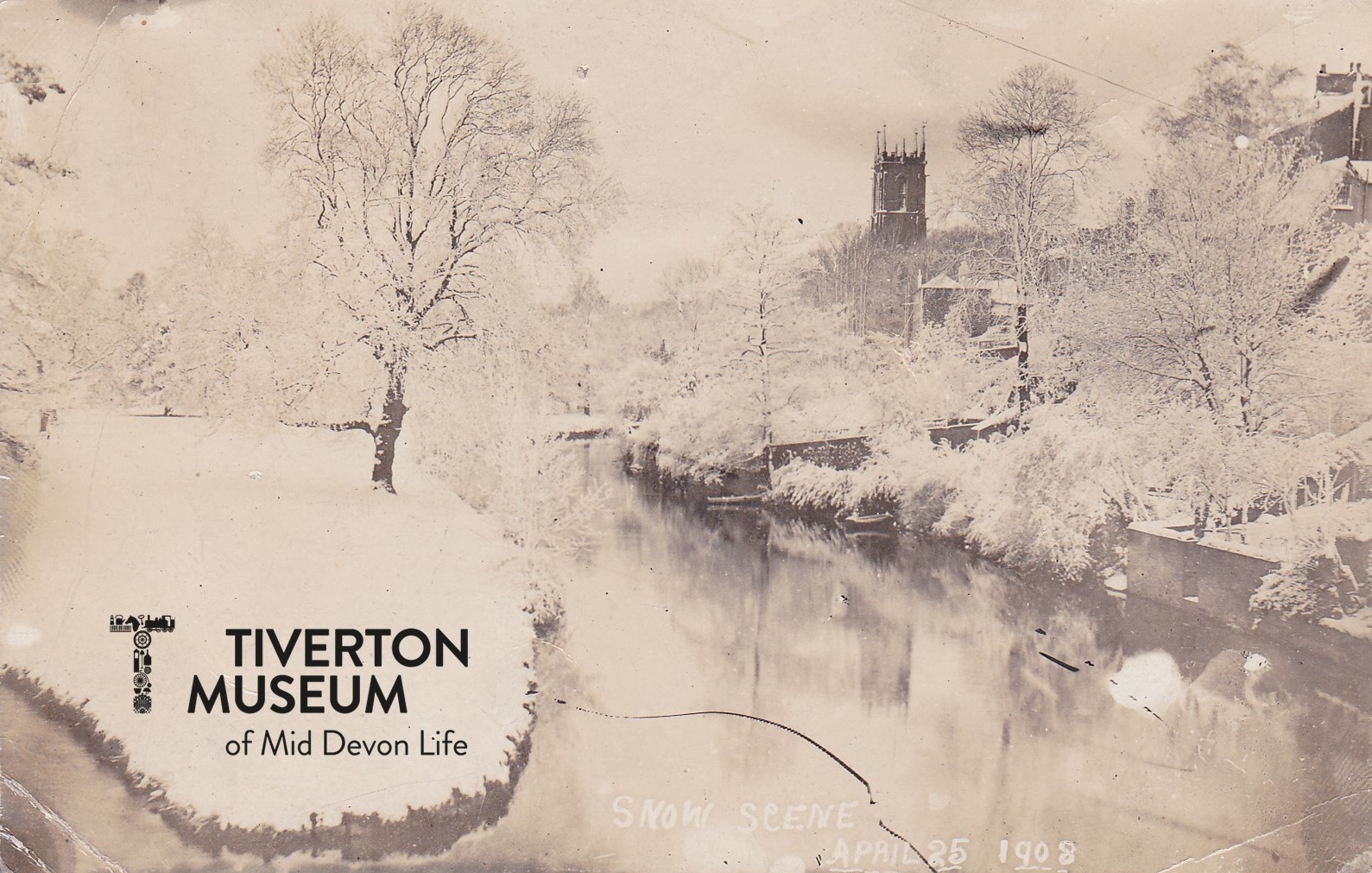In mid February 1923 the Nature Notes column in the Tiverton Gazette reported ‘unusually mild weather continued to be a marked feature of our daily lives; for strange as it may seem, we are still in winter according to the calendar’. Included was a report from Aberdeenshire where there had been ‘an entire absence of snow’.

The article then goes on to define winter as ‘the season between autumn and spring’. In 1923, by the calendar, winter ran from November to the end of February. Today our meteorological winter runs from the 1st December until the end of February. However, the astronomical winter has remained the same from the very earliest times. It runs from the December solstice, on or around the 21st December to the March equinox, on or around 21st March – this year from the 21 December 2022 until the 20 March 2023. These dates vary slightly because of variations in the Earth’s orbit of the sun.

There are several sites around the world that show how well our ancestors understood the movements of the sun and the earth, including Chichin-Itza (Mexico), Machu Picchu (Peru) and, closest to us, Stonehenge.

The seasonal images are from our photo collection. In late April 1908, there was a very heavy fall of snow and we have a large number of images taken from this time which can be viewed at the Museum. Colour is needed for this Spring view, taken in the 1990s at Knightshayes. The Summer Bank Holiday of 1963 saw children and their families heading for the seaside from West Exe Halt. Mrs Snell, from Tiverton, Rhode Island donated this photo of the Autumn colours in New England in 1987.
Written by Museum Volunteer, Sue B.

